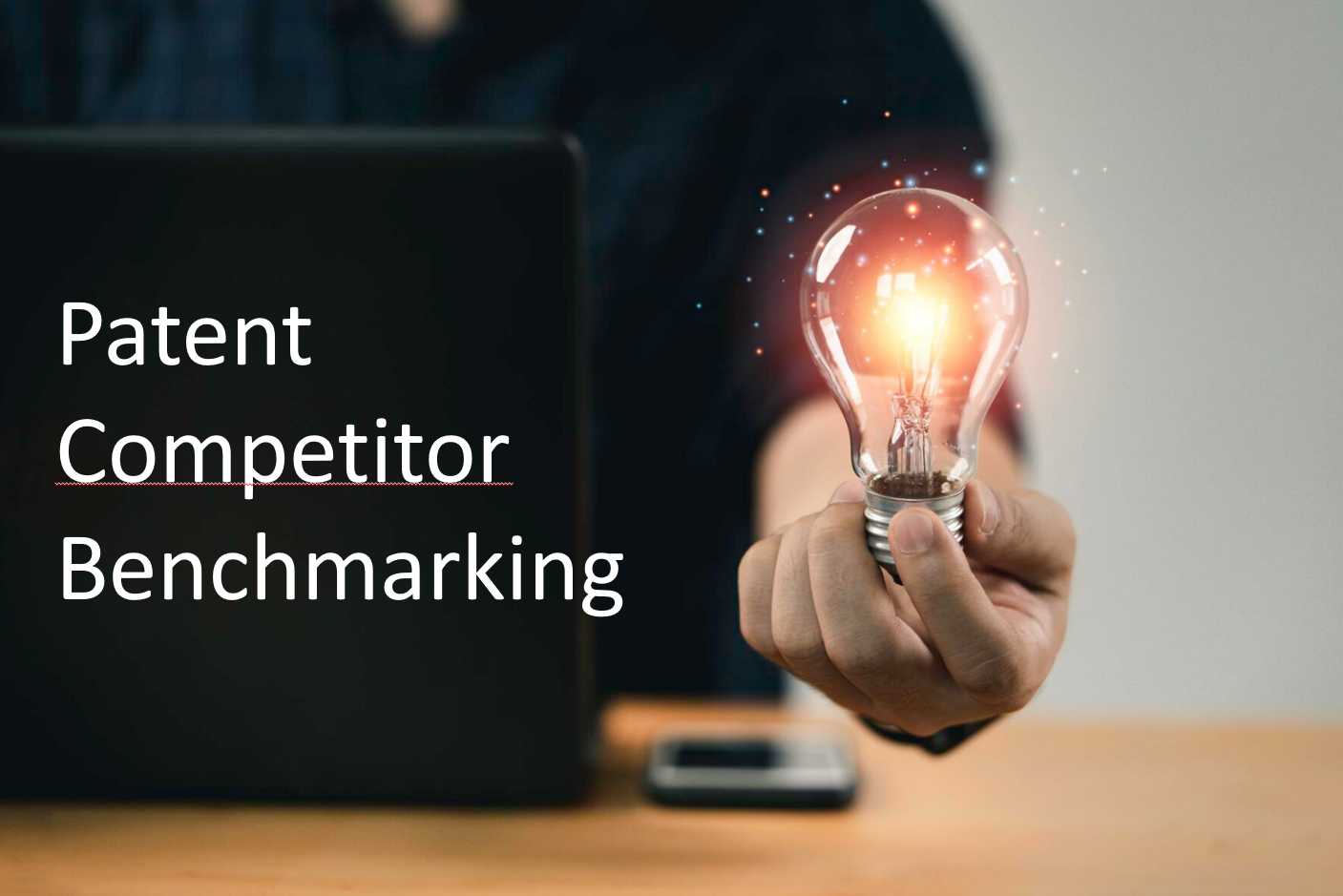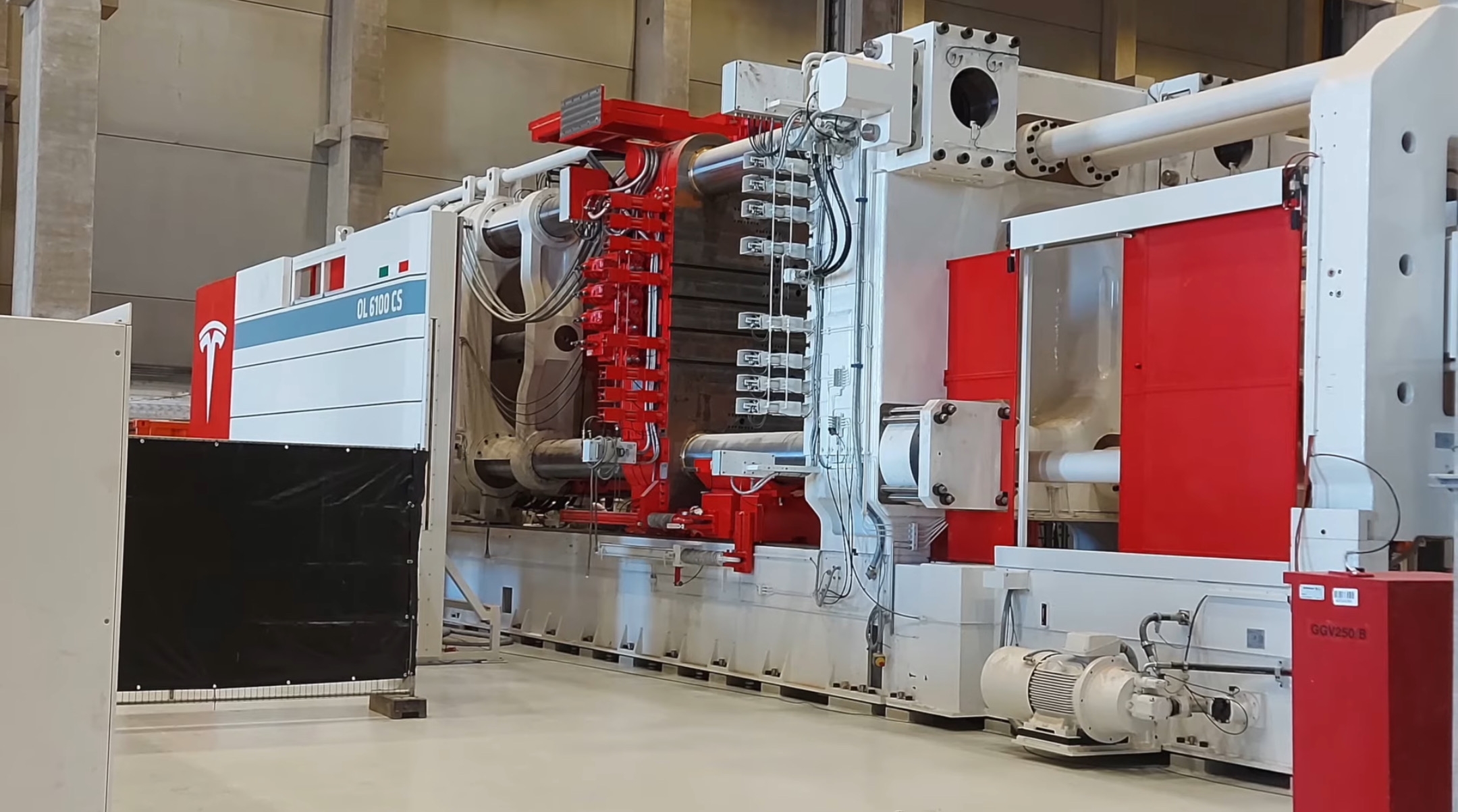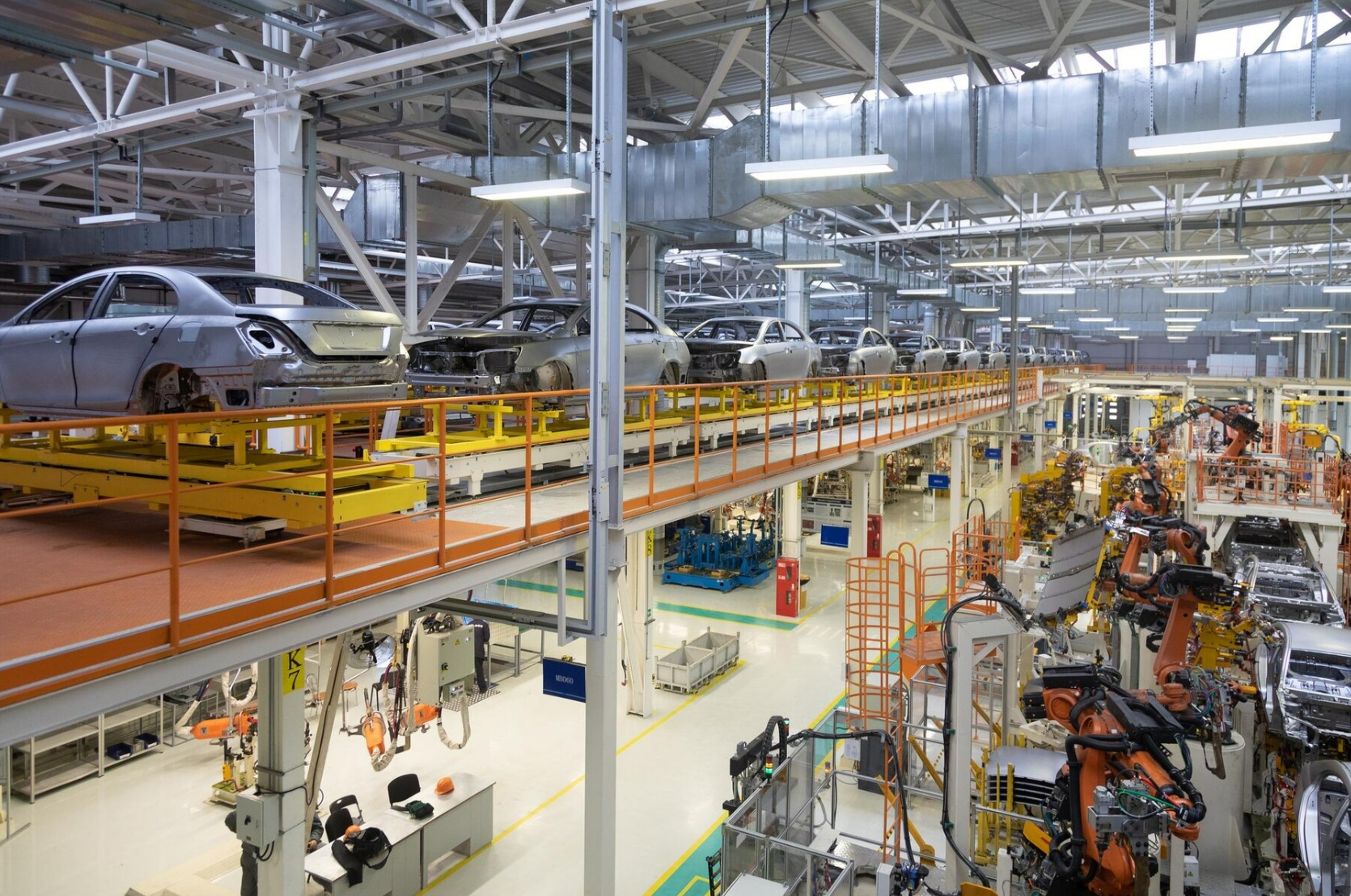As the world shifts towards sustainable energy, the electric vehicle (EV) market is evolving at a rapid pace. However, the journey towards mainstream adoption is not without its challenges. Let’s explore a perspective on the critical factors that will drive the success of EVs.
Affordability Challenge
The primary hurdle for widespread EV adoption is cost. Many experts underscore the importance of aligning EV prices with those of internal combustion engine (ICE) vehicles. Achieving this balance is essential for making EVs accessible to a broader audience.
Infrastructure Needs
A robust charging infrastructure and clean energy are crucial for the EV market. To alleviate consumers’ range anxiety, a dense network of charging stations must be established. This will make owning an EV more convenient and reliable.
Technological Innovations
OEMs are on a mission to revolutionize battery technology. By doubling the power density of battery cells, they aim to reduce both the weight and cost of batteries. This innovation is a significant step towards making EVs more affordable and efficient.
Global Competition
Chinese vehicle manufacturers lead the pack in EV affordability, presenting a formidable challenge to other global manufacturers. ANP acknowledges the need for US and European OEMs to enhance their cost-efficiency to stay competitive.
Industry Consolidation Prediction
Looking ahead, a significant consolidation in the automotive industry is likely. We estimate the number of major automakers shrinking to around 6-8 within the next decade due to the intense pressure to make EVs affordable and competitive. Hopefully, you will be among the survivors.
Government Policies and Incentives
Government policies play a crucial role in shaping the EV market, especially through the fight for favorable customs tariffs and trade agreements between major economies like the US, China, and the EU. These regions are in a competitive battle to attract EV manufacturing and innovation, using incentives such as tax breaks, subsidies, and regulatory support. Policies that reduce import tariffs and encourage local production can greatly influence the competitive landscape, making certain regions more attractive for investment and development.
Consumer Education and Awareness
A major factor in accelerating EV adoption is educating consumers about the benefits and realities of electric vehicles. This includes clarifying misconceptions about range, charging infrastructure, and overall cost of ownership. Effective communication strategies can help potential buyers understand the advantages of EVs and overcome barriers to adoption.
Energy Grid Capacity and Management
As more EVs hit the roads, the demand for electricity will increase. Ensuring that the energy grid can handle this surge in demand is critical. This includes not only expanding grid capacity but also integrating smart grid technologies and renewable energy sources to manage the increased load efficiently and sustainably.
Supply Chain Resilience
The supply chain for critical components, particularly batteries, must be robust and resilient. Diversifying sources of raw materials, securing supply chains against geopolitical risks, and fostering strong partnerships with suppliers are essential strategies to prevent disruptions and ensure steady production.











